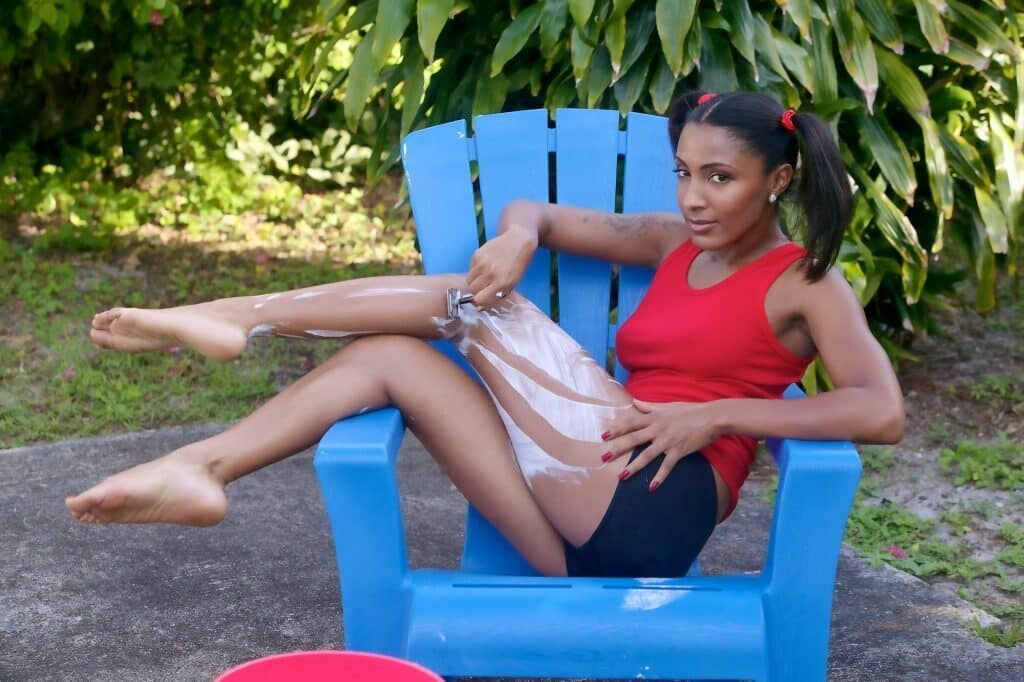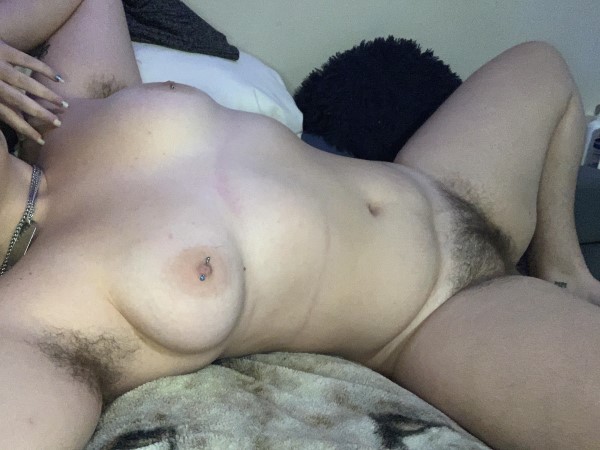
Ladies and gentlemen, we need to talk about body hair. Specifically, we need to talk about how the media has played a role in perpetuating the unrealistic beauty standards surrounding feminine body hair. So, buckle up, buttercups; it's about to get hairy in here.
Fur on Fleek: The History of Body Hair
To fully understand the media's role in perpetuating beauty standards, we must first understand the history of body hair. Contrary to popular belief, body hair on women was once seen as a sign of beauty and fertility. Ancient Greek and Roman women were admired for their armpit and pubic hair, and it was even considered sexy.
Fast forward a few centuries, and the tides had turned. By the 20th century, body hair on women was seen as unsightly and unfeminine. Razors and depilatory creams became must-have items in every woman's beauty arsenal, and the media played a big role in promoting hairlessness as the ideal.
The Media's Influence on Beauty Standards
From magazines to TV ads to Instagram influencers, the media bombards us with images of hairless, flawless, airbrushed bodies. We are led to believe that this is the ideal, and that anything less is unacceptable. But let's be real: most of us are not blessed with genetically hairless bodies, and that's perfectly fine. Unfortunately, the media has made us believe that we need to be constantly hairless to be beautiful and desirable.
It's not just women's body hair that is scrutinized, either. Men are also expected to conform to certain beauty standards, including body hair removal. As a society, we have been conditioned to believe that body hair is gross, unclean, and unattractive, regardless of gender.
Razor Burnout: The Realities of Hair Removal
Now, I don't want to knock anyone who chooses to remove their body hair. It's a personal choice, and if it makes you feel good, more power to you. But let's be real: hair removal is a pain in the ass. Literally. Waxing, shaving, sugaring, threading – it's all uncomfortable, time-consuming, and sometimes even painful. Not to mention the cost: hair removal products and services can really add up over time.
And let's not forget about the side effects. Razor burn, ingrown hairs, and skin irritation are all common problems associated with hair removal. But hey, at least we'll be hairless, right?
Fighting the Hairy Battle: Embracing Natural Beauty
So, what's the solution to this hairy problem? Well, for starters, we need to stop perpetuating the unrealistic beauty standards surrounding body hair. It's time to embrace natural beauty and accept that body hair is a natural, normal part of the human body.
That's not to say that you can't remove your body hair if you want to. Again, it's a personal choice. But let's do it because we want to, not because we feel like we have to.
We also need to celebrate body hair. That's right, I said it. Let's celebrate the hair on our legs, our armpits, and even our upper lips. Let's stop hiding it, and start flaunting it. Because there's nothing sexier than confidence, and there's nothing more confident than being comfortable in your own skin.
Hair Today, Gone Tomorrow: The Future of Beauty Standards
As we move forward, it's important to remember that beauty standards are constantly evolving. What is considered beautiful today may not be tomorrow. And that's okay. As a society, we need to redefine what beauty means and recognize that it comes in all shapes, sizes, and levels of hairiness.
One positive trend we are seeing is the rise of body positivity and inclusivity in the media. Brands are starting to feature models with body hair, stretch marks, and other imperfections, which is a step in the right direction. We need to continue to push for more diversity and representation in the media and encourage brands to embrace natural beauty in all its forms.
We also need to recognize that beauty standards are not just a women's issue. Men are also subjected to unrealistic beauty standards, including hair removal and body shaping. We need to be inclusive in our fight against these standards and work together to redefine what it means to be beautiful.
Conclusion
In conclusion, the media has played a significant role in perpetuating unrealistic beauty standards surrounding feminine body hair. We have been conditioned to believe that hairlessness is the ideal, but it's time to break free from that mindset. It's time to embrace natural beauty, and recognize that body hair is a natural, normal part of the human body. Whether you choose to remove your body hair or not, the most important thing is to do it because you want to, not because you feel like you have to. Let's celebrate our bodies in all their hairy glory, and work towards a future where beauty comes in all shapes, sizes, and levels of hairiness.
So, there you have it, folks. The hairy tale of femininity, body hair, and the media's role in perpetuating beauty standards. I hope you enjoyed reading this article, and that it made you laugh, think, and maybe even reconsider your own views on body hair. Remember, hair today, gone tomorrow, but natural beauty is forever.
Sources:






